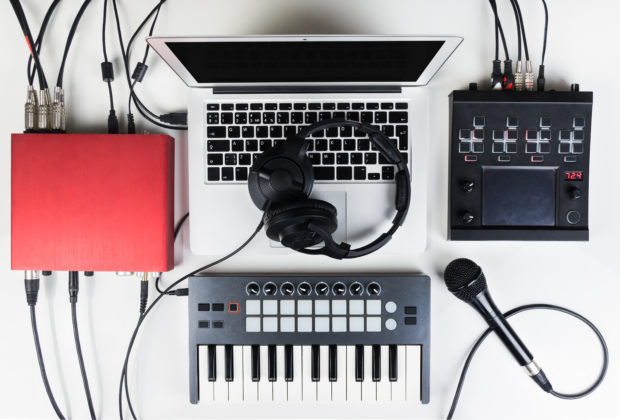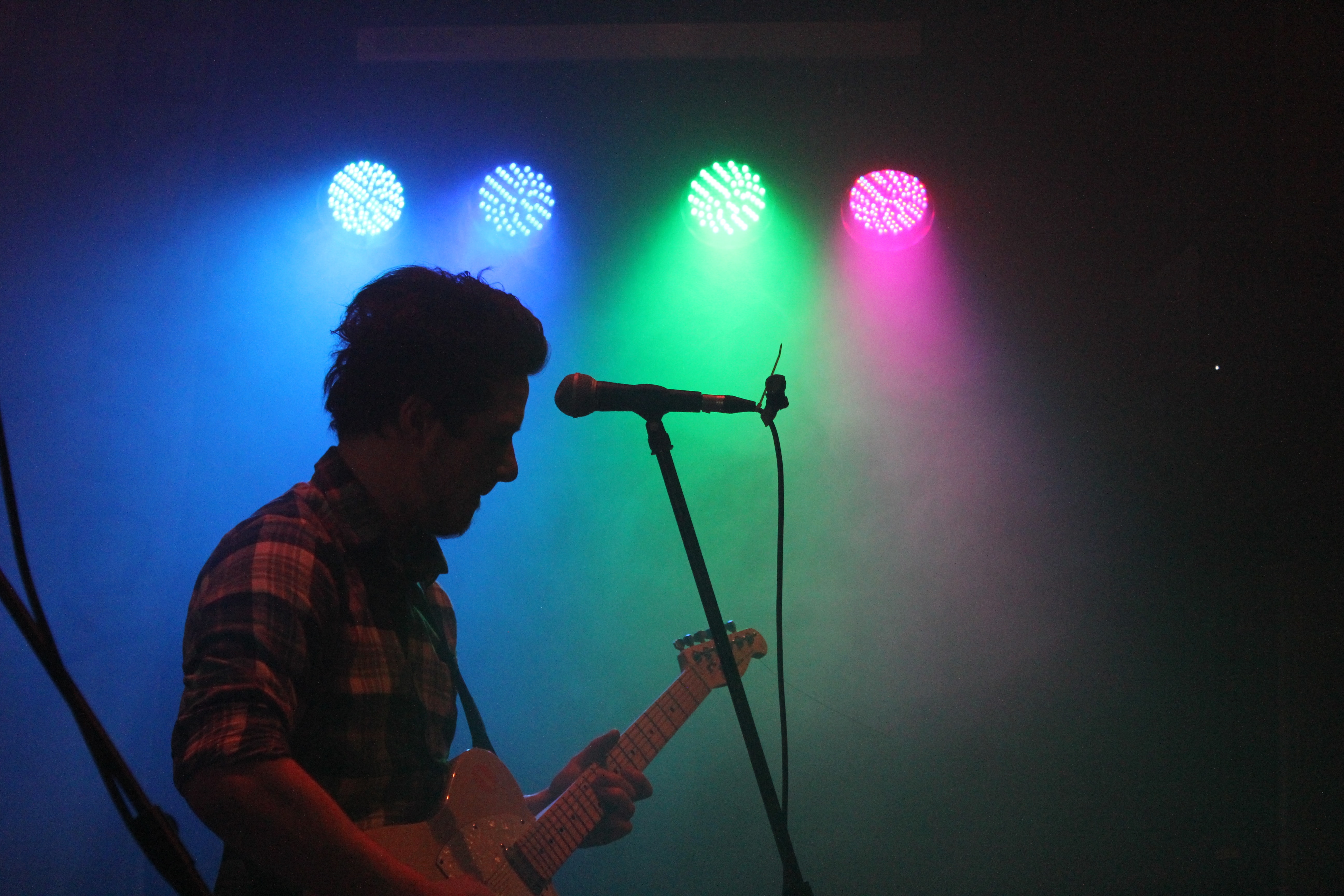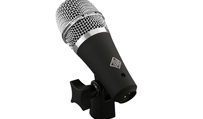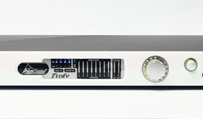Thinking of putting a home studio together? Here are five essential considerations you should think through before you embark on investing in a home recording set up.
1. What is the purpose of your home recording investment?
Are you planning to write new material, record a demo to submit to a publisher or label, or record your first album for DIY distribution and sale? Deciding on the reason you are getting into home recording is the first step to setting realistic goals for you to achieve in this area. The more musicians and acoustic instruments you plan to incorporate into your recordings, the more like a professional studio space your home recording set up will need to be.
2. How good will your finished home recordings need to be?
It’s important to strive for the absolute best quality in every recording you make, but don’t beat yourself up trying to create the next Sgt. Pepper’s at your home studio if you aren’t set up for that type of recording project. Instead, consider what the next step up the ladder is for your musical career based on where you are now. Learning to record your own basic demos using some drum loops, guitars and virtual synths may be exactly what’s needed to attract the attention necessary to move your career forward. Remember, you can always invest more later on as your recording knowledge and skills expand.
3. Where can you set up your studio?
You need to find the best available distraction-free environment. The garage at your house may be the biggest space available and seem like a natural location to set up your home studio. But if your roommates have to use it every weekend to do laundry or work on their cars, you might want to find an alternate space that is more isolated and quiet. For many of us, the spare bedroom or home office usually makes for a good initial home studio environment. While we’re on the subject of distractions, remember that normal sounds (doorbell, ringing phone, bathroom fan, adjacent stairs) can become annoying when you’re in the midst of a perfect take of your new song. So do your best to isolate yourself from household sounds wherever you decide to record.
4. Simple is best.
It sounds obvious, but one of the main reasons to invest in a home recording system is to have the benefit of being able to record your music whenever inspiration strikes. If you plan your system properly, you should be able to plug and play in a matter of just a few moments. At the moment, my home recording setup (Mac laptop, Pro Tools M Box 2, mic and headphones) takes less than five minutes to set up and begin recording. Keep in mind that you will use your home recording rig much more if firing it up and laying down your ideas is quick and painless.
5. Are you planning to record a full band or one or two musicians at a time?
This will ultimately be the biggest decision you must make before you start down the road to researching, purchasing, and installing your home recording set up. That’s because the type of space required for one or the other is radically different.
Let’s start with the latter option. If you will be building your songs by overdubbing various instruments and voices one track at a time, then a basic living room or den environment can work very nicely to record your music. Whether you are recording acoustic guitar, piano, vocals or saxophone, a living room has a variety of textures and surfaces in it including carpet, drapes, furniture, etc., which tend to diffuse your sound. Assuming that you aren’t playing a Marshall half-stack set to 11, you’ll likely find that the living room sound is perfectly adequate for most home recording.
The other approach—recording a band in a home studio setting—brings with it a number of challenges that must be solved if you plan to record regularly with good results. A simple rule: diffusing low- to moderate-sound levels in a living room is perfectly acceptable. A full-tilt rock band, however, will have the whole house shaking, and will likely have the neighbor’s windows rattling as well, even at moderate volume. (That’s why stars often build their own studios on a semi-isolated ranch or farm).
To solve the problems involved with recording a full band, you have to understand a fundamental acoustical principle: to effectively control the sound of your band, you must isolate the sound generated and keep it inside your home recording studio. Single pane windows, standard door frames, heating ducts, floors and walls all act as transducers allowing the sound of your band to get out of your home studio and into the ears of others. Similarly, unwanted outside sounds can all find their way onto your recordings.
Isolating your recording space can be done, but it will require a much greater investment in wood, fiberglass, insulation, time, and labor to build a room that will allow you to record a band at full throttle. The costs for such acoustical isolation, sound control, and enhancement to existing spaces will often cost much more than the purchase of your entire home recording system! If you decide to go for it, and you have the necessary real estate and money available to justify the expense, it can be a rewarding experience. Don’t forget that if you will be altering the structure of your home, you may also need to apply for certain remodeling permits from your city building and permits office.

KEITH HATSCHEK directs the Music Management program at University of the Pacific and is the author of a number of music industry books including The Hitchhiker's Guide to the New Music Industry available on Amazon. He spent 15 years working in the recording industry as an engineer, producer, studio manager and recording tech consultant. Visit hatschek.com.














